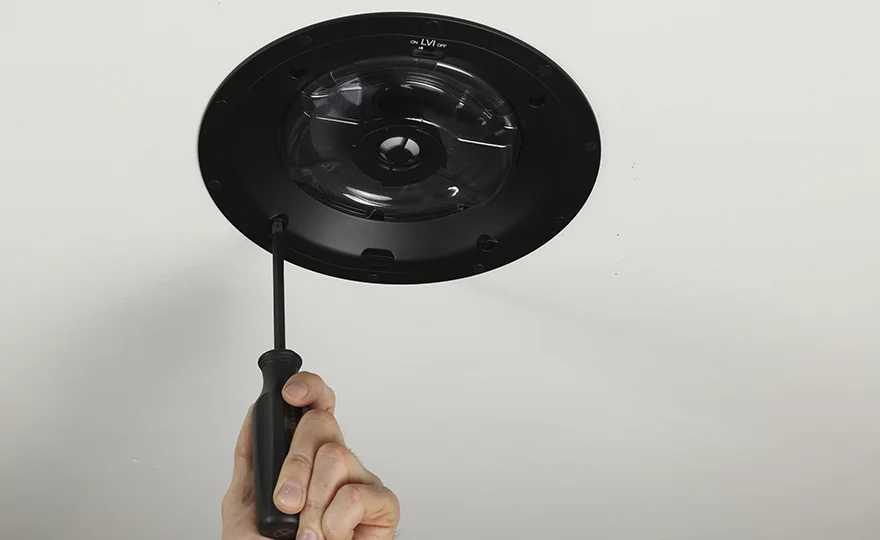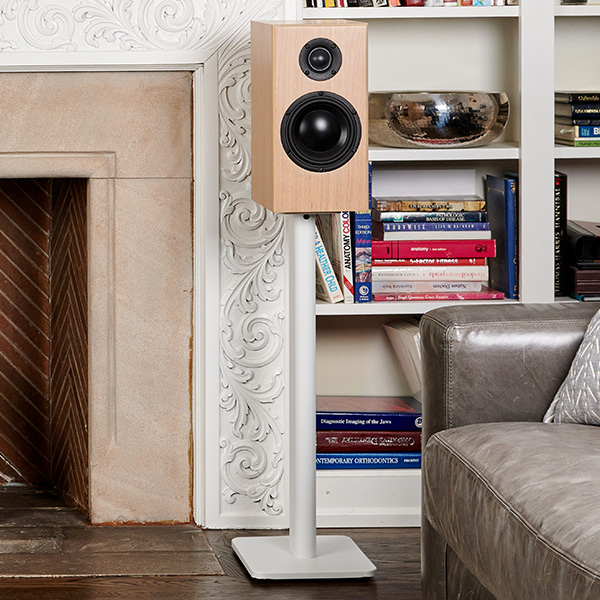
If you’ve ever listened to Adele – “Love in the Dark” or Radiohead’s “Reckoner” in a room with perfectly placed in-ceiling speakers, you know the magic that can happen when sound seems to come from everywhere and nowhere all at once. Whether you’re setting up a dedicated listening room, enhancing your living space, or integrating sound throughout your home, one of the most common questions we hear is: How many in-ceiling speakers do I need to achieve rich, balanced sound?
Let’s break it down!
There’s no universal answer, but a good rule of thumb is one pair of in-ceiling speakers per 100 to 150 square feet. This typically means:
Rooms with open floor plans, vaulted ceilings, or asymmetrical layouts may require more careful consideration. It’s not just about coverage—it’s about consistency. Your goal is even, immersive sound that doesn’t leave dead zones or overly hot spots.
If you’re cueing up Daft Punk’s “Giorgio by Moroder” or Patricia Barber’s “Code Cool”, speaker spacing can make or break the experience.
As a general rule:
If the speakers are too close together, you’ll get sound overlap and muddy imaging. Too far apart, and you’ll have uneven coverage and gaps in the soundstage.
Speaker placement should be dictated by the function of the room.
In multipurpose spaces like open-concept kitchens or living rooms, splitting the speakers into “zones” can be highly effective—so each space has tailored sound without spillover.
Back cans (also known as enclosures or housings) are essential for maximizing performance and controlling sound dispersion.
Here’s why they matter:
Even the best in-ceiling speakers have physical limitations when it comes to producing deep, room-filling bass. That’s where in-wall subwoofers come in.
To fully feel the groove of Kamasi Washington’s “Truth” or the cinematic rumble of Hans Zimmer’s “Time”, a subwoofer (or two) is a must.
This ensures that your system doesn’t just sound great from above—but delivers full-range impact across the entire audio spectrum.
Every room is different, and no one knows your listening environment better than you. For optimal performance, we highly recommend consulting the product manuals for your specific Totem Acoustic in-ceiling speakers. You’ll find mounting instructions, spacing guidelines, and other essential details on our Manuals page:
👉 Totem Acoustic Product Manuals
From intimate jazz sessions to immersive cinematic scores, the right number—and placement—of in-ceiling speakers can transform your space into a true sonic sanctuary. Consider your room size, ceiling layout, and how you plan to use the space. Add back cans to enhance sound isolation and fidelity, and don’t skimp on bass—pair your ceiling setup with a high-quality in-wall subwoofer for truly full-bodied performance.
If you found this article helpful, you’ll enjoy exploring more high-end audio insights in our News + Reviews section. We cover everything from setup tips to gear guides, all designed to help you make the most of your sonic experience.
Share this article with your friends!


Get the latest info on new products, events, contests and more!

